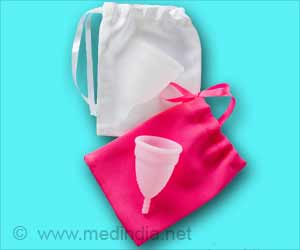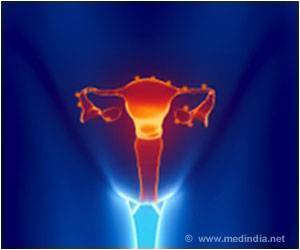Many active young women use oral contraceptives (OC) yet its effect on their body composition and exercise performance has not been thoroughly studied.
Many active young women use oral contraceptives (OC) yet its effect on their body composition and exercise performance has not been thoroughly studied. A team of researchers has now examined the effects of OC on female muscle mass, and found that oral contraceptive use impairs muscle gains in young women, and is associated with lower hormone levels.
The findings are contained in a new study entitled Oral Contraceptive Use Impairs Muscle Gains in Young Women. It was conducted by Chang-Woock Lee and Steven E. Riechman, Department of Health and Kinesiology, Texas A&M University, College Station, TX; and Mark A. Newman, Human Energy Research Laboratory, University of Pittsburgh, Pittsburgh, PA. The researchers will present their findings at the 122nd Annual Meeting of the American Physiological Society, which is part of the Experimental Biology 2009 scientific conference. The meeting will be held April 18-22, 2009 in New Orleans.Seventy-three generally healthy women between the ages of 18-31 were assigned to two groups and completed a 10-week whole-body resistance exercise training (RET). Group 1 consisted of 34 women who used oral contraceptives (OC). Group 2 consisted of 39 women who did not take birth control pills (non-OC). The women were encouraged to consume at least 0.5 grams of protein per pound of body weight per day (a third more than is called for by the U.S. government nutritional guidelines) to make sure they consumed enough calories and protein to promote muscle growth.
The participants exercised three times per week for ten weeks under the supervision of exercise physiologists. They performed a variety of exercises to include chest press, lat pull down, leg extension, triceps extension, arm curl and abdominal crunch. Exercise was done using standard exercise machines and each volunteer performed three sets of 6-10 repetitions per exercise at 75 percent of their maximum strength. Body composition was determined using hydrostatic weighing.
Blood samples were taken before and after the training and assessed to measure anabolic (muscle building) and catabolic (muscle breaking) hormone levels in blood. Resting and fasting blood concentrations were measured for three anabolic hormones: DHEA, DHEAS and IGF1.
The researchers found that:
• there were significant differences in lean mass gains (OC: 2.1±2.1% vs. non-OC: 3.5±3.2% / OC: 1.0±1.0kg vs. no-OC: 1.6±1.4kg, p<0.05). However, other muscle responses such as strength gains and arm/leg circumferences were similar between the OC and non-OC users.
Advertisement
• those OC users had reduced DHEA hormone at the end of the training period. By contrast, the other participants’ levels did not change.
Advertisement
Source-Newswise
LIN















